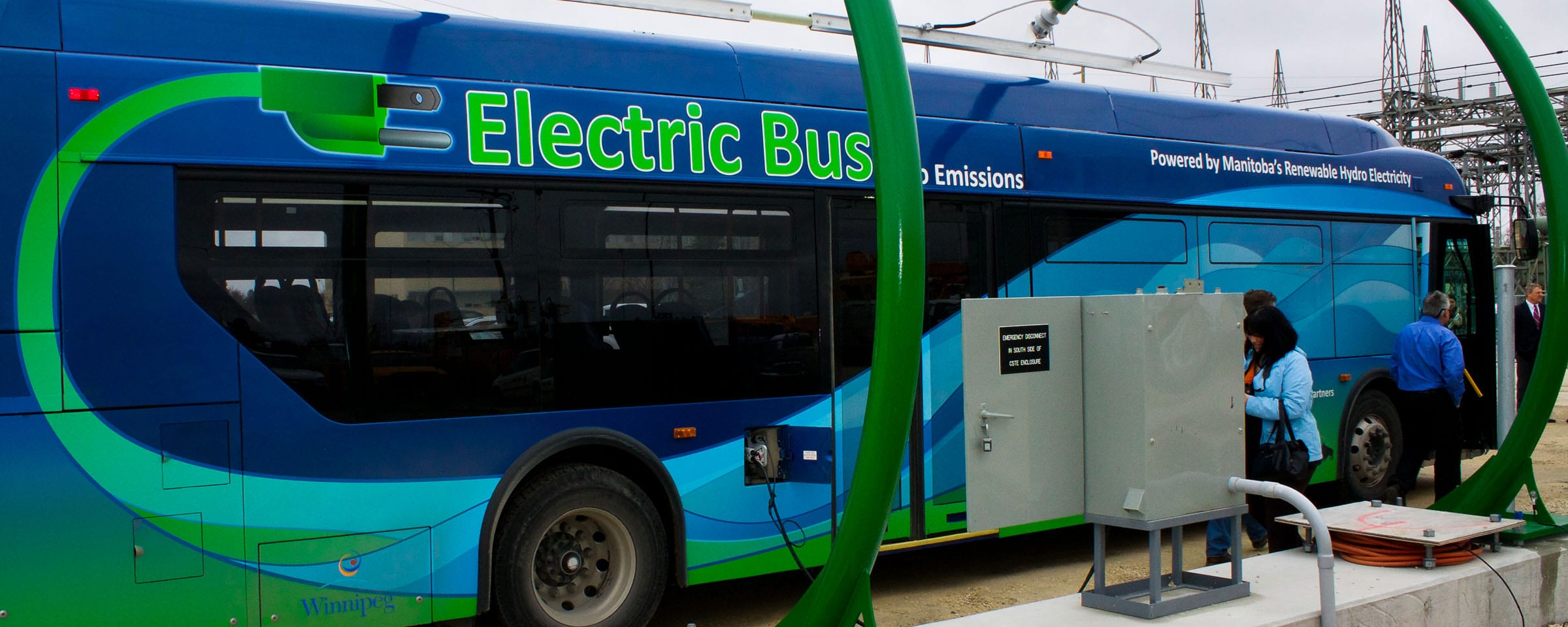RRC teams up with museum for new app
 By Daniella Ponticelli, via The Projector
By Daniella Ponticelli, via The Projector
Red River College instructors always have something up their sleeves – and this time they’re going mobile.
RRC Graphic Design instructors Ilse Dyck and Tom Lepp are developing an iPhone app for the Canadian Museum for Human Rights (CMHR) – an app designed to enhance visitors’ experience.
Though the design of this app is already underway, the instructors say that there might be a chance for students to get involved in the project.
The CMHR project currently doesn’t have a student signed-on, but Dyck sees potential opportunities.
“There is a possibility of having students involved, like a Creative Communications or Graphic Design student to help expand content,” said Dyck.
Dyck is working closely with Corey Timpson, the director of design and new media for the CMHR, to develop the app for the museum. She explained that the app, which is scheduled to be finished in April 2012, will feature augmented reality – a function that allows smartphones to overlay digital and display information over real world images.
The technology, supported by the Layar Reality Browser, enables a user to scan a certain area, such as a museum display, with a smartphone. Once scanned, the visitor will see information displayed on the phone’s screen layered over the real image.
While she has received funding from outside sources, RRC is supporting Dyck’s project through the Research Innovation Fund (RIF). The fund provides monetary support to instructors undertaking innovative applied research projects.
RIF runs an annual submission-based competition in order to distribute over seven awards with a maximum prize of $7,500. RRC faculty and staff with a short-term research project ideas in which RRC faculty or students are engaged, are eligible for funding.
Rob Spewak, a research manager in the office of Applied Research and Commercialization, said that RIF submissions have increased – and diversified – in the past three years. This year’s ten recipients come from six different RRC schools, and are all taking different areas of study.
“It’s pretty spread out across departments,” explained Spewak. “It gets people doing projects – and keeps the instructors current.”
Even though the fund helps instructors financially, students benefit both directly and indirectly.
“A lot of the money used is to pay for a student to assist the project,” Spewak said.
“We’re getting more education and that benefits teachers, students, and the industry,” echoed Dyck.
